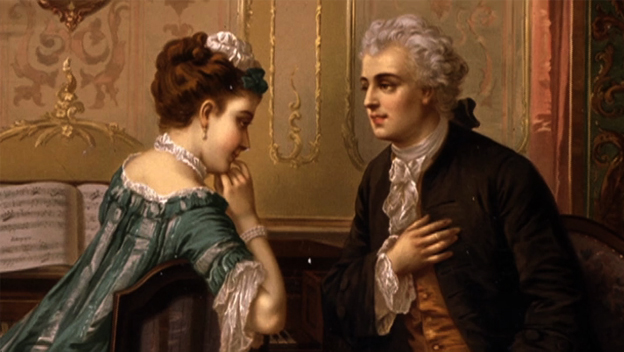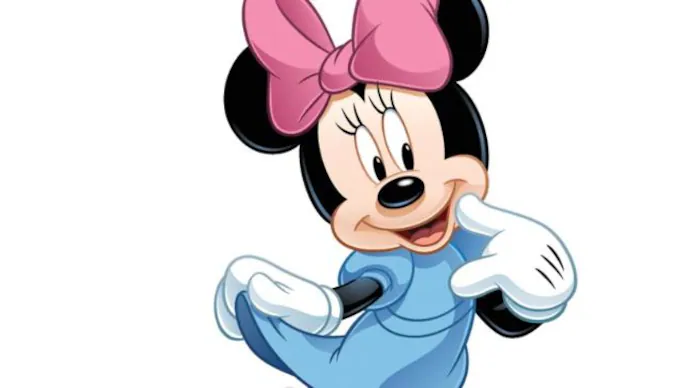mashupch.com – Martha Jefferson, born Martha Wayles on October 30, 1748, is often remembered as the wife of Thomas Jefferson, the third President of the United States. Though her life was cut short at a relatively young age, her impact on the founding of the United States and on her husband’s life is profound. Her role as a wife, mother, and partner to one of the most influential figures in American history is often overshadowed by Jefferson’s political achievements. However, Martha’s contributions to her family and her place in early American society should not be overlooked.
Early Life and Background
Birth and Family
Martha Wayles was born into a wealthy, influential family in Charles City County, Virginia. Her father, John Wayles, was a successful lawyer and landowner, and her mother, Martha Eppes, came from another prominent Virginian family. Martha’s family lived in comfort and enjoyed a high social standing, which afforded her a privileged childhood.
Martha’s early life was marked by tragedy. Her mother passed away when she was very young, and her father remarried shortly after. She had a number of half-siblings, some of whom would play important roles in her life. Her father was known for his considerable wealth, much of which was tied to land and slaves.
Marriage to Bathurst Skelton
At the age of 17, Martha married Bathurst Skelton, a prominent Virginia gentleman. Unfortunately, the marriage was short-lived, as Bathurst died in 1771, leaving Martha widowed at just 23 years old. Their marriage had produced one child, a son, who died in infancy. This devastating loss affected Martha deeply.
Meeting Thomas Jefferson
Courtship and Marriage
In 1772, Martha met Thomas Jefferson, a lawyer, and statesman who was well-established in Virginia’s political and social circles. Jefferson was immediately taken with her beauty, intelligence, and charm. The two quickly developed a close relationship, and, after a brief courtship, they married on January 1, 1772.
Their marriage marked the beginning of a lifelong partnership. Jefferson, who was deeply in love with Martha, often wrote affectionately about her in his letters. Martha, in turn, was a devoted wife, supporting Jefferson throughout his political career, raising their children, and managing their household.
Life at Monticello
Following their marriage, Martha and Thomas Jefferson made their home at Monticello, the plantation in Virginia that Jefferson designed and built himself. Monticello became not just their residence but a symbol of Jefferson’s status and ideals. It was there that Martha raised their children and managed the household, a task that was incredibly demanding. Jefferson was frequently absent due to his political duties, and Martha took on much of the responsibility for running the estate.
Despite her significant role in the daily operations of Monticello, Martha was often a private person. She enjoyed the natural surroundings of their estate and spent time with friends and family. Her life was centered around her home, and she focused much of her attention on raising the children and managing the estate’s affairs.
Family and Children
Children with Thomas Jefferson
Martha and Thomas Jefferson had six children together, but sadly, only two of them survived to adulthood. Their children included:
- Jane Jefferson – Born in 1774, she died in infancy.
- Mary Jefferson – Born in 1778, she died at the age of 25.
- Lucy Jefferson – Born in 1780, she also passed away young.
- John Wayles Jefferson – Born in 1782, he lived into adulthood.
- Martha Jefferson Randolph – Born in 1783, she lived to adulthood and became an important figure in American society.
- Elizabeth Jefferson – Born in 1787, she survived into adulthood.
Martha took great care in the upbringing of her children, despite the many responsibilities she had managing Monticello. Her eldest daughter, Martha Jefferson Randolph, later became a prominent figure, serving as a confidante and advisor to her father after Martha’s death.
Personal Losses
Martha’s life was marked by personal tragedy, including the deaths of several of her children at young ages. She struggled with health problems, which would eventually take her life at a young age. These losses, coupled with the burdens of managing Monticello, undoubtedly had a significant impact on her health and outlook on life.
Death and Legacy
Illness and Passing
Martha Jefferson passed away on September 6, 1782, at the age of 33, after a prolonged illness. Her death left a deep void in the life of Thomas Jefferson, who was heartbroken by the loss of his beloved wife. He later wrote in his letters that he never fully recovered from her death, and it affected him profoundly for the remainder of his life.
Martha’s Legacy
Though Martha Jefferson’s life was short, her legacy is enduring. She was a woman who embodied the ideals of early American society – grace, intelligence, and dedication to her family. Her devotion to her children and her husband played a crucial role in the success of Jefferson’s political career, as she offered a stable and loving home during the turbulent years of the American Revolution.
Martha’s role as the mother of Jefferson’s children, particularly her daughter, Martha Jefferson Randolph, is also noteworthy. Randolph would go on to play an important role in shaping American society during her own lifetime.
Though Martha’s life was ultimately marked by personal tragedy, she remains an important figure in the history of the United States. Her legacy is one of quiet strength and devotion, characteristics that contributed greatly to the success of one of the nation’s most influential Founding Fathers.


